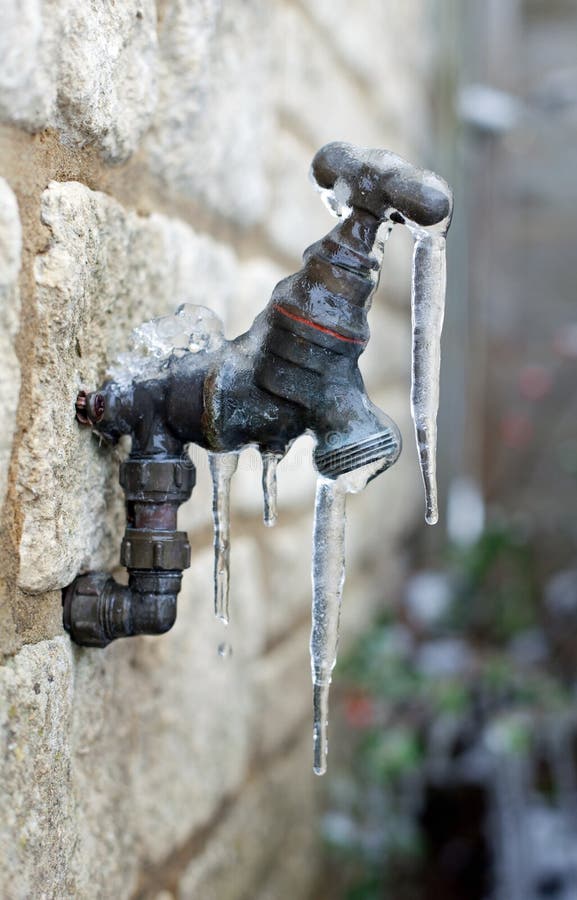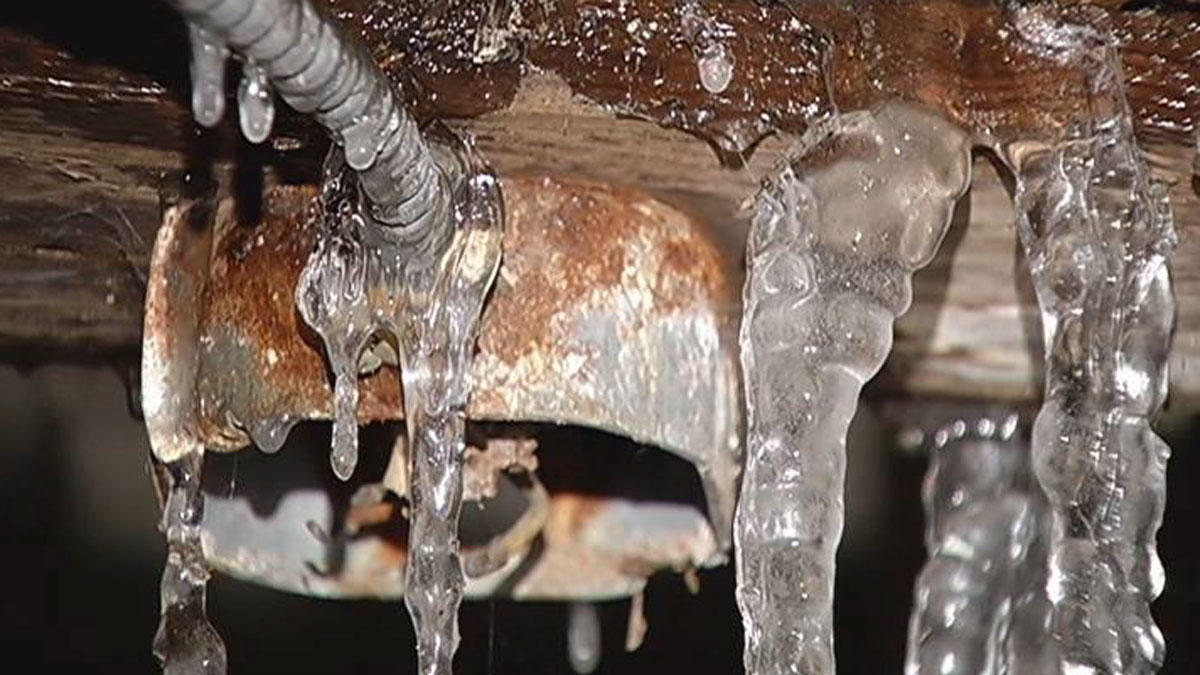Ways to Avoid Frozen Plumbing in Cold Weather: Pro Guidance
Ways to Avoid Frozen Plumbing in Cold Weather: Pro Guidance
Blog Article
The writer is making several good pointers on the subject of Preventing and dealing with frozen pipes in general in this great article down below.

Cold weather can damage your pipes, especially by freezing pipelines. Below's just how to prevent it from happening and what to do if it does.
Intro
As temperature levels drop, the risk of icy pipelines rises, possibly causing pricey repair services and water damage. Recognizing how to stop icy pipes is important for property owners in cool environments.
Recognizing Frozen Pipes
What triggers pipes to ice up?
Pipes ice up when subjected to temperatures below 32 ° F (0 ° C) for extended periods. As water inside the pipes freezes, it broadens, putting pressure on the pipe walls and possibly triggering them to burst.
Dangers and damages
Frozen pipes can lead to water supply disturbances, building damages, and pricey repair work. Ruptured pipes can flood homes and create extensive architectural damages.
Signs of Frozen Water Lines
Recognizing icy pipelines early can prevent them from breaking.
How to identify frozen pipes
Try to find decreased water flow from faucets, unusual odors or sounds from pipes, and noticeable frost on exposed pipes.
Prevention Tips
Protecting at risk pipelines
Cover pipelines in insulation sleeves or use heat tape to secure them from freezing temperature levels. Focus on pipes in unheated or outside areas of the home.
Home heating techniques
Maintain interior spaces adequately warmed, specifically locations with pipes. Open up cupboard doors to allow warm air to circulate around pipes under sinks.
Securing Exterior Pipes
Yard hoses and outdoor faucets
Separate and drain garden hose pipes before wintertime. Install frost-proof faucets or cover outside taps with protected caps.
What to Do If Your Pipelines Freeze
Immediate activities to take
If you think frozen pipes, keep faucets open up to soothe stress as the ice melts. Use a hairdryer or towels soaked in warm water to thaw pipelines gradually.
Long-Term Solutions
Structural adjustments
Take into consideration rerouting pipes away from exterior wall surfaces or unheated locations. Include additional insulation to attics, cellars, and crawl spaces.
Upgrading insulation
Invest in high-quality insulation for pipelines, attics, and walls. Correct insulation assists keep regular temperature levels and minimizes the danger of frozen pipes.
Conclusion
Preventing frozen pipes needs positive actions and fast feedbacks. By recognizing the reasons, signs, and safety nets, home owners can secure their plumbing during winter.
6 Proven Ways to Prevent Frozen Pipes and Protect Your Home
Disconnect and Drain Garden Hoses
Before winter arrives, start by disconnecting your garden hoses and draining any remaining water. Close the shut-off valves that supply outdoor hose bibs and leave the outdoor faucet open to allow any residual water to drain. For extra protection, consider using faucet covers throughout the colder months. It’s also important to drain water from any sprinkler supply lines following the manufacturer’s directions.
Insulate Exposed Pipes
Insulating your pipes is an effective way to prevent freezing. Pipe insulation is readily available at home improvement stores and is relatively inexpensive. Pay close attention to pipes in unheated areas such as the attic, basement, crawl spaces, or garage. Apply foam insulation generously to create a buffer against the cold. You can also wrap your pipes in heat tape or thermostat-controlled heat cables for added warmth.
Seal Air Leaks
Inspect your home for any cracks or openings that could let in cold air. Seal any holes around the piping in interior or exterior walls, as well as the sill plates where your home rests on its foundation. Additionally, make sure to keep your garage door closed unless you’re entering or exiting. Leaving it open creates a significant air leak that can lead to frozen pipes.
Allow Warm Air Circulation
During cold snaps, it’s essential to allow warm air to circulate evenly throughout your home. Leave interior doors ajar to promote better airflow. Open kitchen and bathroom cabinets to help distribute heat consistently around the rooms. If you have small children or pets, be sure to remove any household chemicals or potentially harmful cleaners from open cabinets for safety.
Let Faucets Drip
A small trickle of water can make a big difference in preventing ice formation inside your pipes. When temperatures drop significantly, start a drip of water from all faucets served by exposed pipes. This continuous flow helps prevent the water from freezing. Additionally, running a few faucets slightly can relieve pressure inside the pipes, reducing the chances of a rupture if the water inside does freeze.
https://choateshvac.com/6-proven-ways-to-prevent-frozen-pipes-and-protect-your-home/

I found that page on How to prepare your home plumbing for winter weather when doing a search on the web. Enjoyed our review? Please share it. Let somebody else check it out. Many thanks for going through it.
Visit My Website Report this page